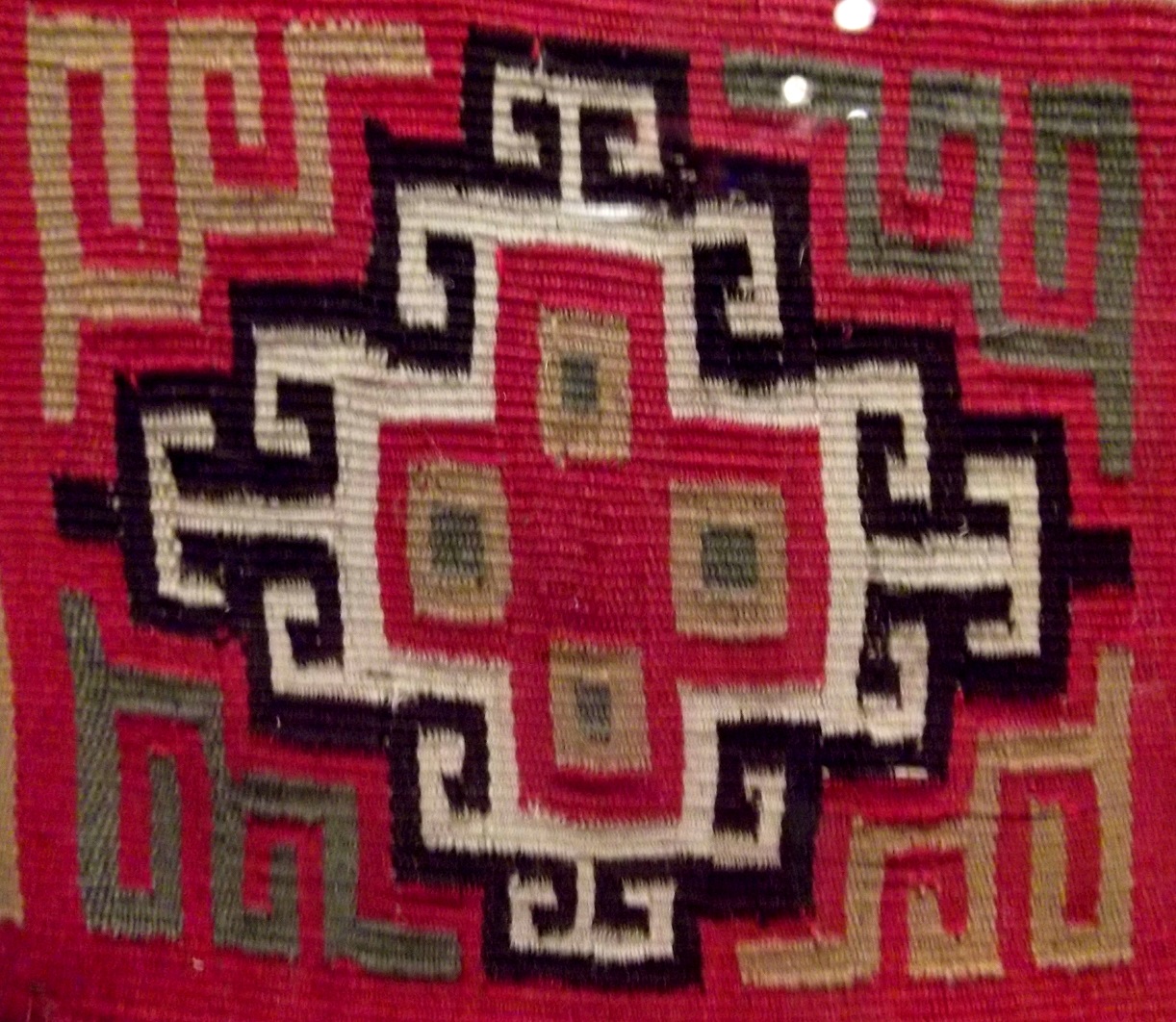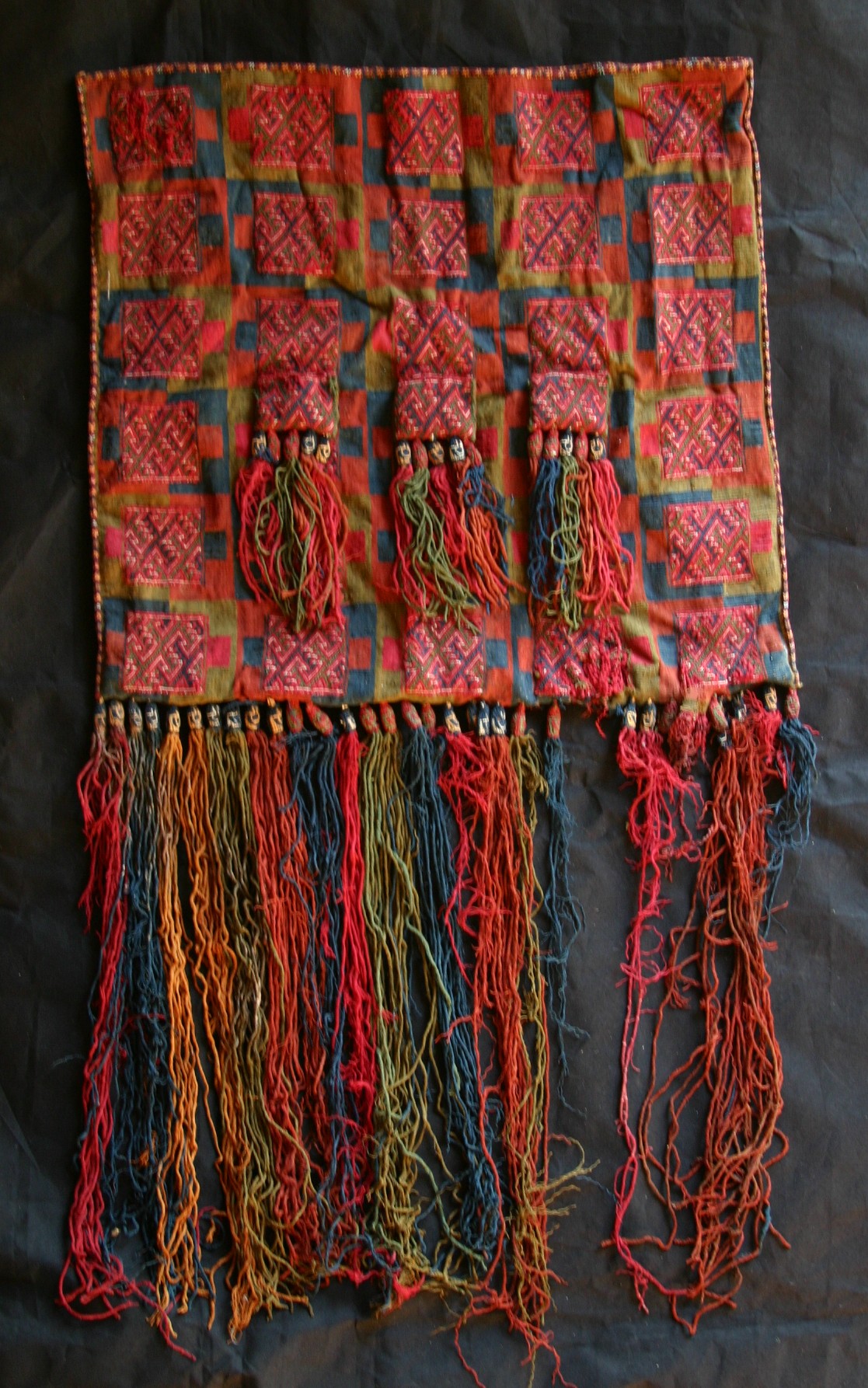Although the male citizen, with his full legal status, right to vote, hold public office, and own property, may well have dominated Greek Society, the social groups which made up the population of a typical Greek city-state orpolis were remarkably diverse. Women, children, immigrants (both Greek and foreign), labourers, and slaves all had defined roles, but there was interaction (often illicit) between the classes and there was also some movement between social groups, particularly for second generation offspring and during times of stress such as wars.
CLASSES
Although the male citizen had by far the best position in Greek society, there were different classes within this group. Top of the social tree were the ‘best people’, the aristoi. Possessing more money than everyone else, this class could provide themselves with armour, weapons, and a horse when on military campaign. The aristocrats were often split into powerful family factions or clans who controlled all of the important political positions in thepolis. Their wealth came from having property and even more importantly, the best land, i.e.: the most fertile and the closest to the protection offered by the city walls.
A poorer, second class of citizens existed too. These were men who had land but perhaps less productive plots and situated further from the city, their property was less well-protected than the prime land nearer the city proper. The land might be so far away that the owners had to live on it rather than travel back and forth from the city. These citizens were called the periokoi (dwellers-round-about) or even worse ‘dusty-feet’ and they collected together for protection in small village communities, subordinate to the neighbouring city. As city populations grew and inheritances became ever more divided amongst siblings, this secondary class grew significantly.
A third group were the middle, business class. Engaged in manufacturing, trade, and commerce, these were the nouveau riche. However, the aristoi jealously guarded their privileges and political monopoly by ensuring only landowners could rise into positions of real power. However, there was some movement between classes. Some could rise through accumulating wealth and influence, others could go down a class by becoming bankrupt (which could lead to a loss of citizenship or even being enslaved). Ill-health, losing out on an inheritance, political upheavals, or war could also result in the ‘best’ getting their feet a little dusty.
WOMEN
Female citizens had few rights in comparison to male citizens. Unable to vote, own land, or inherit, a woman’s place was in the home and her purpose in life was the rearing of children. Contact with non-family males was discouraged and women occupied their time with indoor activities such as wool-work and weaving. Spartan women were treated somewhat differently than in other states, for example, they had to do physical training (nude) like men, were permitted to own land, and could drink wine.
Women citizens had to marry as a virgin and marriage was usually organised by the father, who chose the husband and accepted from him a dowry. If a woman had no father, then her interests (marriage prospects and property management) were looked after by a guardian (kurios), perhaps an uncle or other male relative. Married at the typical age of thirteen or fourteen, love had little to do with the matching of husband and wife. Of course, love may have developed between the couple but the best that might be hoped for was philia - a general friendship/love sentiment; eros, the love of desire, was to be found elsewhere, at least for the male. Marriages could be ended on three grounds. The first and most common was repudiation by the husband (apopempsis orekpempsis). No reason was necessary, only the return of the dowry was expected. The second termination cause was the wife leaving the family home (apoleipsis) and in this case the woman’s new guardian was required to act as her legal representative. This was, however, a rare occurrence and the woman’s reputation in society was damaged as a result. The third ground for termination was when the bride’s father asked for his daughter back (aphairesis), probably to offer her to another man with a more attractive dowry. This last option was only possible, however, if the wife had not had children. If a woman was left a widow, she was required to marry a close male relative in order to ensure property stayed within the family.
Women, of course, were also present in the various other non-citizen classes. The group for which we have most information is that of sex-workers. Women were here divided into two categories. The first and perhaps most common was the brothel prostitute (pornē). The second, was the higher-class prostitute (hetaira). These latter women were educated in music and culture and often formed lasting relationships with married men. It was also this class of women that entertained men (in every sense) at the celebrated symposium.
CHILDREN & ADOLESCENTS
Children of citizens attended schools where the curriculum covered reading, writing, and mathematics. After these basics were mastered, studies turned to literature (for example, Homer), poetry, and music (especially the lyre). Athletics was also an essential element in a young person’s education. At Sparta, boys as young as seven were grouped together under the stewardship of an older youth to be toughened up with hard physical training. InAthens, young adult citizens (aged 18-20) had to perform civil and military service and their education continued with lessons in politics, rhetoric, and culture. Girls too were educated in a similar manner to boys but with a greater emphasis on dancing, gymnastics, and musical accomplishment which could be shown off in musical competitions and at religious festivals and ceremonies. The ultimate goal of a girl’s education was to prepare her for her role in rearing a family.
An important part of a Greek youth’s upbringing involved pederasty - for both boys and girls. This was a relationship between an adult and an adolescent which included sexual relations but in addition to a physical relationship, the older partner acted as a mentor to the youth and educated them through the elder’s worldly and practical experience.
LABOURERS
Greek society included a significantly larger proportion of labourers than slaves. These were semi-free workers, wholly dependent on their employer. The most famous example is the helot class of Sparta. These dependents were not the property of a particular citizen - they could not be sold as a slave could - and they often lived with their families. Generally, they formed arrangements with their employer such as giving a quantity of their produce to the farm owner and keeping the rest for themselves. Sometimes the quota required may have been high or low, and there may also have been some extra benefits to the serfs such as protection and safety in numbers. However, the serf-class or helots could never achieve any real security as they were given little or no legal status and harshly treated, even killed in regular purges (especially in Sparta), in order to instil a fear which would ensure continued subordination to the ruling class. In certain periods such as war, helots were required to serve in the armed forces and, fighting well, they could even earn an escape from their lot and join the intermediary social groups which existed below the level of full-citizen and included such individuals as children with parents of mixed status (e.g.: father-citizen, mother-helot).
SLAVES
In Greek society, slaves were seen as a necessary and perfectly normal part of city-life. Acquired through war andconquest, kidnap and purchase, slaves were simply amongst life’s losers. There were even intellectual arguments from philosophers like Aristotle, which propounded the belief that slaves were demonstrably inferior, a product of their environment and inherited characteristics. Greeks persuaded themselves that it was they who had the best environment and characteristics and the purest blood line and were, therefore, born to rule.
It is impossible to say with accuracy how many slaves (douloi) there were in Greek society and what proportion of the population they made up. It is unlikely, due to the costs, that every single citizen had their own slave but some citizens undoubtedly owned many slaves. Accordingly, estimates of the slave population in the Greek world range from between 15 and 40% of the total population. However, a defence speech made in a court case in Athens by Lysias, and hints from others such as Demosthenes, strongly suggest that if every citizen did not have slaves then they certainly desired them and to be a slave owner was considered a measure of social status. Slaves were not only owned by private individuals but also by the state, which used them in municipal projects such as mining or, as in the case of Athens, the police force.
The relationship between slaves and owners seems to have been much as in any other period of history with a mix of contempt, distrust, and abuse from the owners and contempt, theft, and sabotage from the enslaved. Source material is always from the viewpoint of the slave owner but there are references in literature, particularly in Greek comedy, of friendship and loyalty in at least some owner-slave relationships. Whilst the flogging of slaves is commonly referred to in Greek plays, there were also treatises written extolling the benefits of kindness and incentives in slave management.
Slaves worked in all spheres and over 200 hundred occupations have been identified. These include working in the home, in agriculture, industry workshops (e.g.: making shields, food, clothes and perfumes), mines, transport, retail, banking, entertainment, in the armed forces as attendants to their owner or as baggage carriers, as rowers in naval vessels or even as fighters. Farms were generally small affairs with even the richest citizens tending to own several small farms rather than one large estate, therefore, slaves were not concentrated into large groups as in later ancient societies.
For slaves there was, at least for some, a glimmer of hope to one day achieve their freedom. There are instances when slaves, particularly those involved in manufacturing and industry, living separately from their owners and given a certain financial independence, could pay for their freedom with money they had saved. Also, slaves in the army were sometimes given their freedom by the state following their victorious exploits.
FOREIGNERS
Aside from slaves, most Greek poleis would have had a number of free foreigners (xenoi) who had chosen to re-locate from other areas of Greece, the Mediterranean, and the Near East, bringing with them skills such aspottery and metalworking. These foreigners usually had to register their residence and so became a recognised class (lower in status than the full-citizens) called the metics (metoikoi). In return for the benefits of ‘guest’ citizenship they had to provide a local sponsor, pay local taxes, sometimes pay additional taxes, contribute to the costs of minor festivals, and even participate in military campaigns when necessary. Despite the suspicions and prejudices against foreign ‘barbarians’ which often crop up in literary sources, there were cases when metoikoi did manage to become full citizens after a suitable display of loyalty and contribution to the good of the host state. They then received equal tax status and the right to own property and land. Their children too could also become citizens. However, some states, notably Sparta, at times actively discouraged immigration or periodically expelledxenoi. The relationship between foreigners and local citizens seems to have been a strained one, particularly in times of wars and economic hardship.









